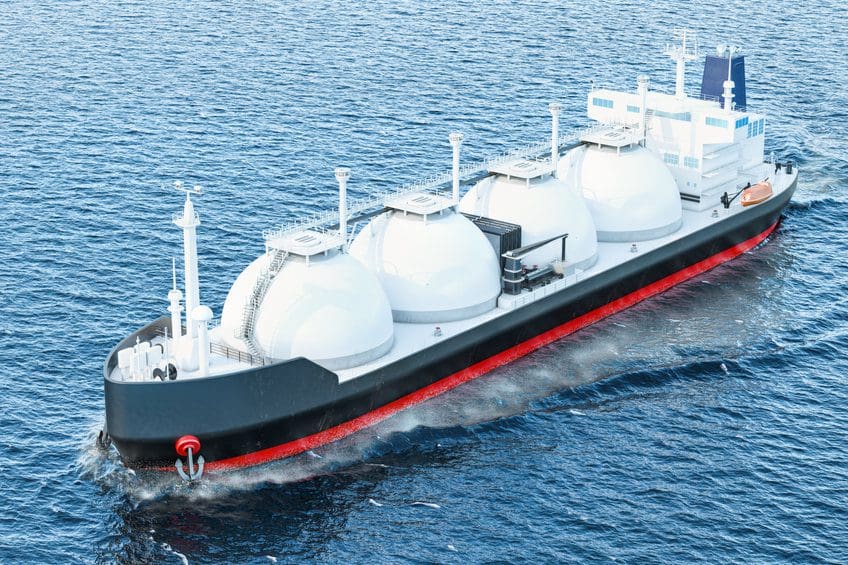President Joe Biden’s energy policy took on new challenges this week when he announced additional exports of U.S. natural gas to Europe to replace imports from Russia.
He forgot to say how, where and when he was going to get an additional 15 billion cubic meters of natural gas. It certainly will not come from his encouragement of domestic producers. He has publicly accused American oil and natural gas companies of “price gouging” and instructed his Federal Trade Commission and Department of Justice to investigate. His chiefs of the federal bureaucracies – Interior, Energy, Securities and Exchange Commission – continue to propose new regulations and restrictions on the U.S. oil and natural gas industry.
Western Europe depends upon crude oil and natural gas imports from Russia today. Natural gas from Russia provides about 40 percent of the European Union’s energy needs.
Even in the best of political and economic situations, it will take years to achieve such mammoth growth.
World Oil magazine said in an editorial headline: “Biden’s energy policy buffoonery knows no bounds.”
It continued: “In the idle of a major military conflict in Ukraine, with energy supply concerns prevalent throughout Europe, accompanied by high oil prices and rabid inflation at home, U.S. President Joe Biden continues to promulgate an incredibly ignorant energy policy that is rife with ideology and exudes no practicality.”
The Wall Street Journal termed it “magical thinking.”
“Liquefying gas requires long-term investment and reliable power,” WSJ stated in an editorial in its weekend edition. “Facilities can’t run on intermittent renewables, and companies won’t invest billions of dollars if they think regulators will kill them once a crisis passes.”
Much of the 124 billion cubic meters per year of exports that the U.S. can technically ship are tied up in long-term contracts with Asia, WSJ stated.
Europe long resisted signing long-term contracts for U.S. LNG because Russia provided cheap gas. This hampered U.S. investment in LNG export facilities and is one reason there are 13 approved terminals that could ship 258 billion cubic meters each year that still aren’t under construction, the WSJ reported.
Now, Europe is finally agreeing to long-term contracts, but the Administration says it opposes long-term U.S. gas investment.
Europe apparently will receive an estimated 15 billion cubic meters of additional LNG supplies by the end of the year, though it’s not clear where it will come from and at what price.
Member states also will work to ensure demand and facilities to take in up to 50 billion cubic meters of American fuel until at least 2030.
Russia ships about 150 billion cubic meters of gas to Europe via pipelines every year, and another 14 billion to 18 billion cubic meters of LNG.
Exports from the U.S. to EU were a record 4.4 billion cubic meters in January. Supplying another 15 billion cubic meters would be “magical” by the end of the year, by the end of next year, or even within the end of Biden’s term in office.
Alex Mills is the former President of the Texas Alliance of Energy Producers.
Alex Mills is the former President of the Texas Alliance of Energy Producers. The Alliance is the largest state oil and gas associations in the nation with more than 3,000 members in 305 cities and 28 states.
Oil and gas operations are commonly found in remote locations far from company headquarters. Now, it's possible to monitor pump operations, collate and analyze seismic data, and track employees around the world from almost anywhere. Whether employees are in the office or in the field, the internet and related applications enable a greater multidirectional flow of information – and control – than ever before.












